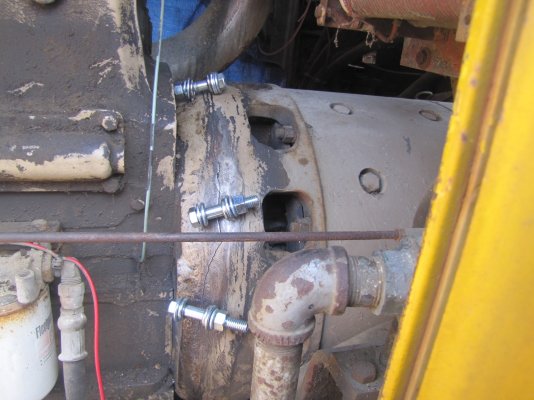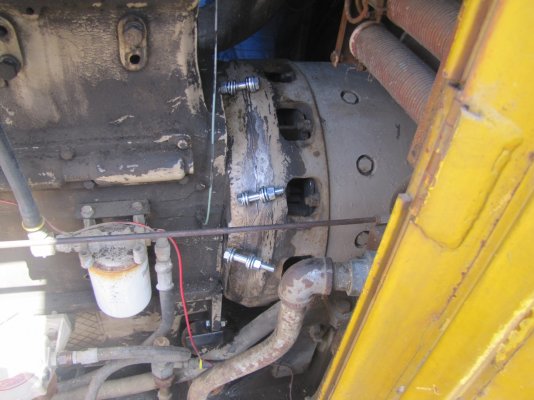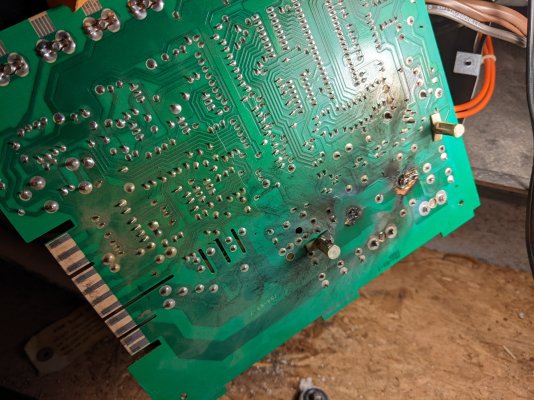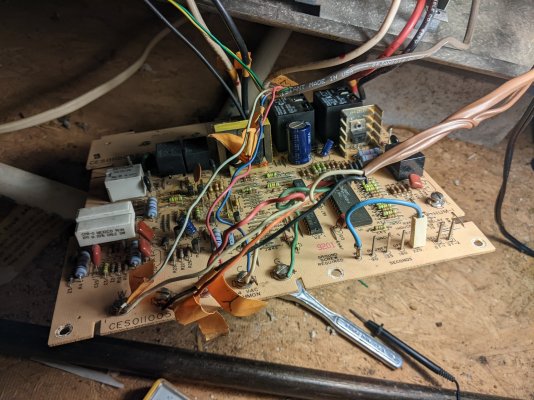Dang! What did you do? Lay a crowbar across some sections you shouldn't have?

+1
I'm also wondering , as new to this stuff and constantly think something bad is going to happen.

Here's my boo boo.
The inverter/charger was running, accepting power from the associated solar panels to charge the battery, and delivering power to the mini-split AC as its load. I looked at its display, and saw that it was actually supplying power to the AC from the grid, and not from the battery.
So, I switched off the 240V grid power breaker, intending to force the inverter/charger to transfer to battery power. BUT, BUT, BUT, in a moment of senility, I switched off the battery breaker to the inverter/charger.
The inverter/charger powered down. But when I flipped the battery power back on, sparks flied.
Post mortem analysis showed this. When the battery connection was lost while the solar charging function was running, the MPPT controller could not react fast enough to throttle back the charge. The internal DC voltage quickly rose from the battery voltage of 28V to the solar panel voltage of 60V.
I don't understand why the brain of the unit decided to turn on the inverter circuit, but it did. The DC-DC inverter portion is the stage that steps up the 28V battery to 350VDC, prior to the AC-DC conversion.
The MOSFETs rated for 80V were suddenly facing 120V, 2x the 60V from the PV panels. This is because the circuit used a push-pull transformer, with 4 MOSFETs in parallel driving each of the two legs of the primary. They all get shorted out due to the high voltage.
When the DC breaker was turned back on, the high current capacity of the battery bank vaporized the leads of all 8 MOSFETS instantaneously, even though they were 150A devices.
All this happened before the DC breaker of 125A could trip. It never tripped, because the shorted MOSFETs were instantly blown clear off.
Before the MOSFETs died, they worked long enough to drive enough power through the high-frequency transformer to fry out the 4 rectifier diodes on the secondary winding of the transformer.
Luckily, the 4 IGBTs of the H-switch that converts high-voltage DC to 240VAC had a rating of 650V, and they survived.
What I am still trying to figure out is how the 8 gate drive resistors of the MOSFETS were also blown up. The push-pull bipolar transistors driving the MOSFETS were still OK.





